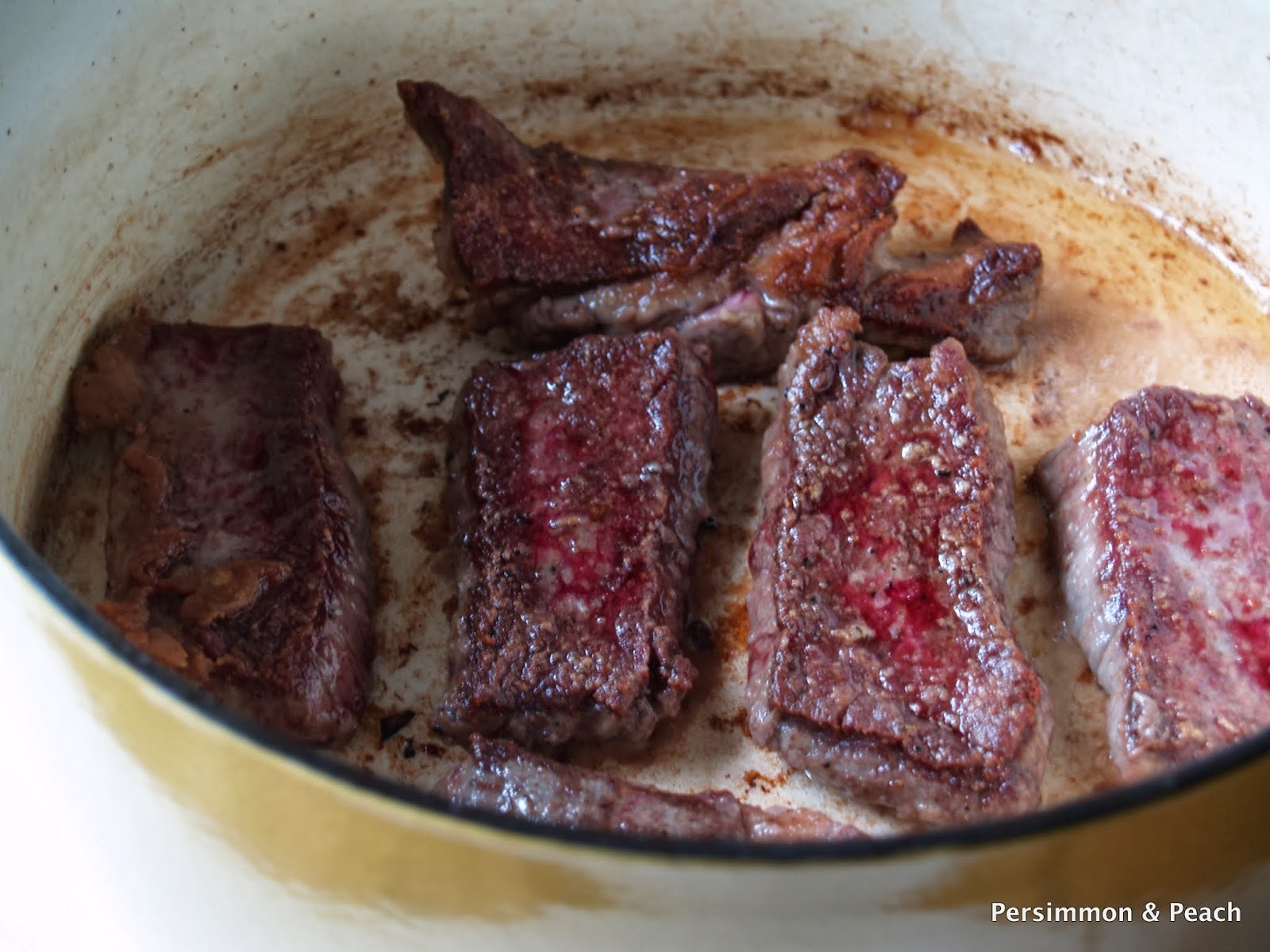According to Mitcham's Creole Gumbo, and John D. Folse's The Encyclopedia of Cajun and Creole Cuisine, the now famous Creole-Cajun stew is a close cousin to Spanish paella. In the early 18th century, Spanish settlers brought paella to New Orleans, but since traditional Spanish ingredients for the dish- such as clams, mussels and saffron- were not available, the recipe was adapted using indigenous ingredients. Oysters and crawfish replaced clams and mussels, and saffron, an expensive and difficult commodity to come by in the New World, was often substituted with tomatoes. Jambalaya was also influenced by Africans living in Louisiana, who called their rice 'yaya.' The French later named the dish 'Jambon a la Yaya' (meaning ham with rice), which was later shortened to simply, 'jambalaya'.
Though many variations and methods of the dish exist, jambalaya was traditionally made by adding rice to leftovers or other odds and ends that happened to be lying around the kitchen in order to stretch them as long as possible. Many poor Cajun families likely ate jambalaya several times a week out of necessity, particularly during the Depression. Later, it was popularized outside of Louisiana by the hit Hank William's song, Jambalaya and has since become a celebrated classic. Though the list of ingredients looks long, making this dish as it is intended- using leftover chicken and a few stray slices of deli ham etc.- cut down on its intimidation factor and make it more practical. For more Louisiana dishes see here.
CREOLE JAMBALAYA
Adapted from Creole Gumbo and All That Jazz, by Howard Mitcham and Chef Paul Prudhomme's Louisiana Kitchen, by Paul Prudhomme
Serves 8 to 10
Ingredients:
2 (16 ounce) cans beef broth, plus more as needed
4 tablespoons (1/2 stick) unsalted butter
1 pound Andouille sausage, cut into 1/2-inch rings (see notes below)
1/2 pound smoked ham, diced
4 tablespoons flour
2 medium white onions, finely chopped
2 to 3 large scallions (white and green parts), chopped
1 cup finely chopped green bell pepper
1 cup finely chopped celery
4 garlic cloves, minced
1 (28 ounce) can whole plum tomatoes, drained and chopped
1 bay leaf
1/2 teaspoon dried or fresh thyme
1/8 teaspoon ground cumin
1/8 teaspoon ground cloves
1/8 teaspoon ground allspice
1/8 to 1/4 teaspoon cayenne pepper
1/2 pound cooked chicken, diced
2 pounds shrimp, peeled (reserve the shells for another use, such as seafood stock)
2 cups long grain white rice
Salt and freshly ground black pepper, to taste
Bring the beef broth to a boil in a small saucepan. Cover, remove from heat, and set aside.
Melt the butter in a large pot or Dutch oven over medium heat. Add the sausage and ham and cook, stirring occasionally, until they are lightly browned. Stir in the flour. Add the onions, scallions, green pepper, celery, and a pinch of salt, and cook until the vegetables are soft and almost translucent, about 8 minutes. Add the garlic and cook for 1 minute more.
Stir in the chopped tomatoes along with any juices that have accumulated on the cutting board. Add the bay leaf and stir in the thyme, cumin, cloves, allspice, and cayenne. Add the hot beef broth to the pot and stir to incorporate. Add the shrimp and chicken. Stir in the rice and season to taste with salt and pepper. There should be enough liquid in the pot to just cover the ingredients. Add more broth or water, as necessary.
Bring the liquid to a boil, then reduce the heat to low and cover. Cook the rice at a low simmer, occasionally stirring and scraping the bottom of the pot until done, 30 to 35 minutes. Jambalaya should be moist, but not soupy. Taste to adjust seasonings and serve with a cold beer or glass of full-bodied red wine.
Notes:
- If you can't find Andouille sausage at your local butcher or market, substitute it with another smoked pork sausage, such as kielbasa.

















